Physics
Sign up for our newsletter
We summarize the week's scientific breakthroughs every Thursday.
-
 Physics
PhysicsA satellite screw-up reaffirms Einstein’s theory of gravity
Two spacecraft confirm that time passes more slowly closer to Earth’s surface.
-
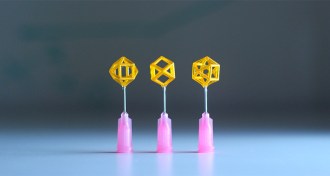 Materials Science
Materials ScienceMagnets make a new soft metamaterial stiffen up in a flash
Scientists can dial the stiffness of a bizarre new type of synthetic material up or down using magnets.
-
 Particle Physics
Particle PhysicsA controversial sighting of dark matter is looking even shakier
Two dark matter experiments disagree despite using the same type of detector material.
-
 Physics
PhysicsReaders inquire about a Neptune-sized moon, nuclear pasta and more
Readers had questions about a Neptune-sized moon, nuclear pasta and the search for extraterrestrial life.
-
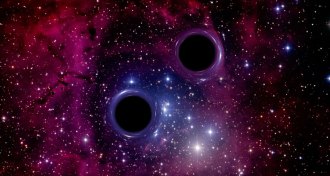 Physics
PhysicsScientists’ collection of gravitational waves just got a lot bigger
The biggest black hole merger yet seen created one set of the spacetime ripples.
-
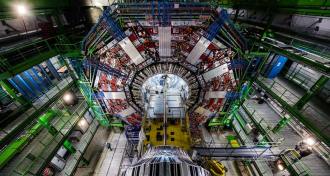 Particle Physics
Particle PhysicsThe Large Hadron Collider is shutting down for 2 years
The world’s largest particle accelerator will restart in 2021 at higher energy.
-
 Particle Physics
Particle PhysicsPhysicists finally calculated where the proton’s mass comes from
New study indicates that the proton is much more than just the sum of its parts.
-
 Particle Physics
Particle PhysicsWhy a chemistry teacher started a science board game company
Subatomic is the latest game from John Coveyou, whose company Genius Games wants people to find the joy in science.
By Kyle Plantz -
 Tech
TechA new airplane uses charged molecules, not propellers or turbines, to fly
A small aircraft prototype is powered by ionic wind flowing in one direction and pushing the plane in the other.
-
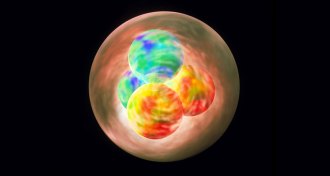 Particle Physics
Particle PhysicsNuclear ‘knots’ could unravel the mysteries of atoms
Skyrmions might help loosen scientific snarls in studies of atomic nuclei.
-
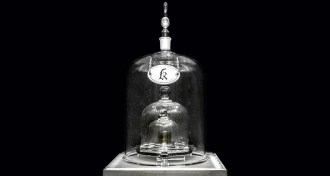 Math
MathIt’s official: We’re redefining the kilogram
In May 2019, the system of measurement will be upgraded to rely on fundamental constants.
-
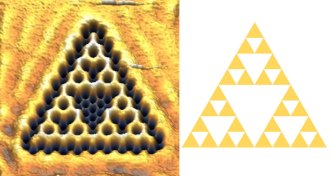 Quantum Physics
Quantum PhysicsPhysicists wrangled electrons into a quantum fractal
The tiny, repeating structure could reveal weird behavior of electrons in fractional dimensions.